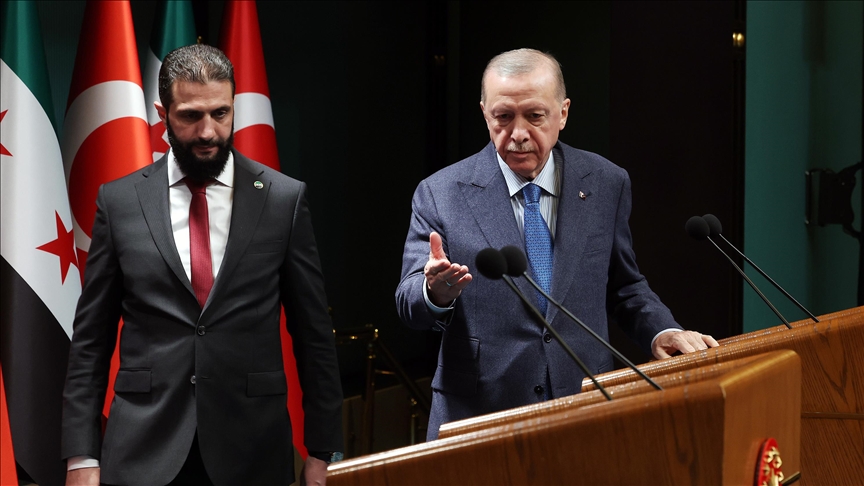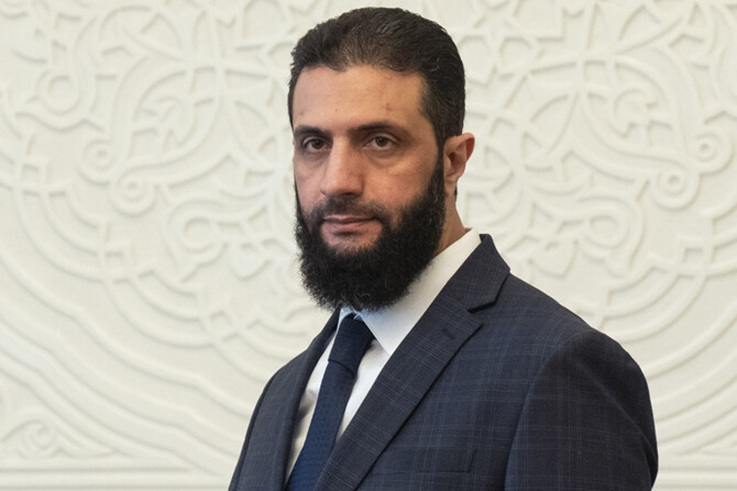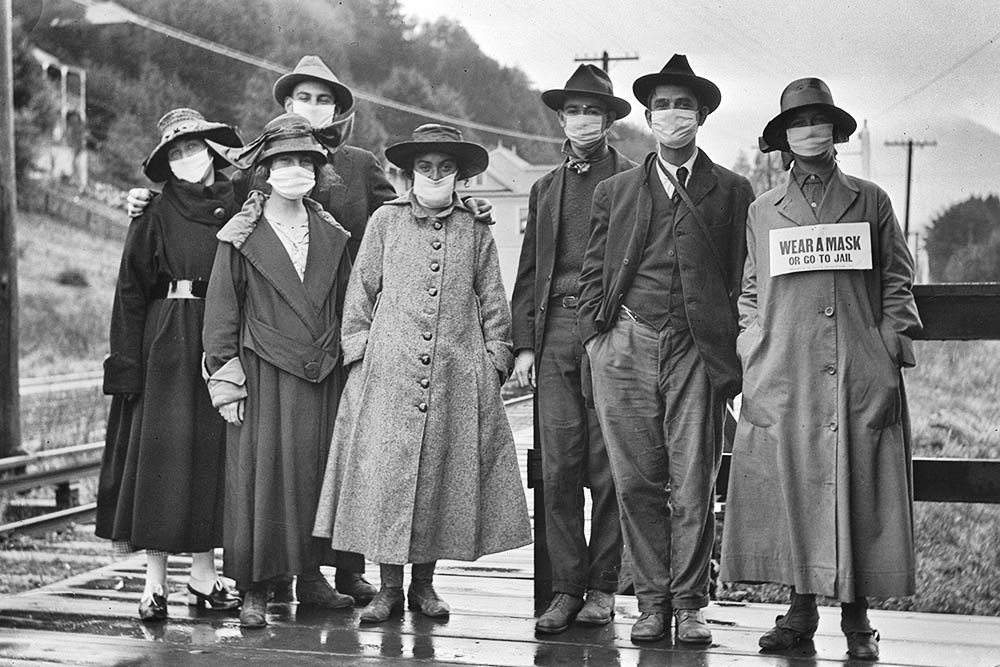
By: Ibrahim Al-Alou
Father Henri De Laulanie
1920-1995
Pioneer of the System of Rice Intensification (SRI).
Rice production is a heavy consumer of water and fertilizers plus its footprint on greenhouse gas emissions that accounts for 1.5% of all emissions worldwide.
To produce rice is a huge challenge but
Challenges are for heroes and Father Henri de Laulanie was such a hero.
De Laulanie arrived in Madagascar in 1961 where he spent his next 34 years until his death in 1995. He studied agriculture at Paris-Grignon University before entering the seminar in 1941. The Jesuit order requested him to move from France to Madagascar in 1961.
Upon arrival De Laulanie was struck by the poverty level, local people suffer all around the country. He noticed they obtained half of their daily calorie intake by consuming rice the staple food.
The yields were very low which forced farmers to cultivate highlands to increase their income and amount of rice produced. That was a bad choice since it deteriorated the natural resources that resulted in soil erosion and deforestation.
SRI farming in Chattisgarh India photos by Jacob.
Therefore, he had a goal in his mind to raise the yield of the rice crop and income of local farmers while decreasing the inputs required to achieve that aim. That included less water, fertilizers and seeds.
The major contributions of the Green Revolution mainly applying more inputs like fertilizers and planting improved varieties of seeds were not applicable in his case since the people around him were too poor to spend any extra money in the production process.
Therefore, he started working with local farmers, which culminated in the development of the System of Rice Intensification (SRI) after 20 years of hard work.
In brief, the system has two main benefits: raising the yield of the crop in some case by 200% while using less chemicals, seeds and water.
Proposing new methods in agriculture to people who inherited their practice over the years was not an easy task. The scientific community also opposed the methods since they lacked the regular research papers and studies that proved the claims. However, seeing is believing and after the adaptation of his methods and widespread yield claims rice farmers from all over the world gave him a credit for the system that spread to many rice producing countries.
Rice paddies were averaging at best 2 tons/hectare and rose to 8 tons/hectare after introducing these methods.
So how does it work?
Laulanie noticed that local farmers as well most rice farmers in the world transplant rice seedlings in clumps containing three or more seedlings instead of planting single seedling. A minority of local farmers used single seedling methods and it caught his attention. By using this methods they were saving on the seed cost at the same time the plants were healthier and produced better. He worked with these farmers, continued his sharp observations when he saw some of them using less water, and gave the crop a rest period between floorings, which was widely believed to be the best way to grow rice.
He succeeded in growing rice by keeping the soil wet but not flooded. He pioneered the method of planting seedling in a square pattern (25x25 cm) instead of the rectangular pattern. By using this pattern he could use mechanical weeder to churn up the soil and burry the weeds in the soil which decompose and add additional organic matter. Another benefit of weeding is aerating the soil, which was very healthy to the plants.
Therefore, we can summarize the system of rice intensification in four main points:
1-Plant single seedling instead of the traditional methods of planting them in clumps of 3 or more maybe 15 at a time.
2-Plant seedlings at an early age mainly 15 days old instead to 30-60 days old used in traditional farming. Here we save on the time needed to tend the seedlings for longer periods and the resulting plants will have more tillers that produce more grains.
3-Using less water by keeping the soil wet instead of continuous flooding therefore huge saving of precious water that is becoming scarce by the day.
4- Planting in square pattern with 25x25 cm spacing or sometimes wider if soil conditions are better which reduces seed rate by 89-90%.
Why does it work?
First, there is a synergy among these practices to start with. By adding more compost with the rotating hoe to control weeds we raise the soil organic matter that feeds soil microorganisms that nourish the plants and result in large increase in yields.
Second, with this method we can see a large number of tillers ranging between 30-50 tillers per plant and in some cases up to 100 tillers. More tillers means larger and deeper root system that support growth and better grain filling. Another plus point of the bigger root system its ability to access more soil nutrients including micronutrients that are not provided by the NPK fertilizers. These play a vital role in higher grain weight and lower incidents of empty unfilled grains. Large root systems also enhance the abundance of soil biota like bacteria and fungi and meso-fauna like nematodes and protozoa and macro fauna especially earthworms. All these factors of plant ,soil and nutrient managements combine to produce these exceptional crops that helped spread the system to other countries like China, Indonesia, Philippines, Cambodia, Thailand, Laos, Nepal, Sri Lanka, India, Indonesia, Bangladesh , Benin, Gambia, Cuba and Peru.
Rice trial in Lattakia. Syria.
Laulanie passed away in 1995 but his legacy is still living. He paved the road for hundreds of millions rice farmers enabling them to produce higher crops without the need of added expensive inputs that are beyond the reach of these farmers and saving precious water resources and fragile rainforests and ecosystems that suffered most from the deeds of humans during the last century.
Resources:
1-https://www.youtube.com/watch?v=aIY_mlSyZDk.
2 -http://b2b-sy.com/news/47551/
3-https://www.youtube.com/watch?v=GKqp8gbT9Ls
6-https://www.emaratalyoum.com/local-section/other/2018-07-24-1.1120621
7-https://www.emaratalyoum.com/local-section/2009-08-29-1.155877-
10-https://www.sana.sy/?p=323953






Great article.
But still we have lots of starving people and deteriorating environment.
There is abundant food on the planet. More than we even need.
The problem has to do with distribution, which has to do with money. It also has to do with interest.
I agree with Angel's general argument, that maldistribution is a more basic cause of hunger and poverty than is insufficient supply of food, but there are two additional considerations that I would like to put forward.
(a) While maldistribution is a more urgent, if still intransigent, cause of hunger and poverty, the laws of supply and demand even when operating imperfectly, mean that increased supply puts downward pressure on prices. If farmers can produce more food with less cost (and with less adverse effects on the environment, and with less consumption of scarce water), they can be better off while at the same time the poor who spend 50% or more of their meager incomes on food, are also better off, having lower staple-food prices.
(b) Much of the hunger and poverty in the world persists among households that have very meager land resources -- and very little purchasing power. SRI enables farm households to get more yield from the land, labor, water, seed and cash resources that they presently have access to. So they are directly able to improve their own situation, not relying on either 'the market' or the beneficence of the state' to reduce their hunger and poverty. I am sure that Angel agrees that improving the productivity for the poor is preferable to and more reliable than trying to assist them through corporate or government channels.
The first thing that attracted me to SRI was not its higher yields (which were double, triple even quadruple what poor farmers around the Ranomafana rainforest were producing previously) but the fact that it reduced poor households' dependence on purchased inputs, so that they did not need to spend scarce or non-existent money or to go into debt). Further, by reducing or ending farmers' reliance on chemical fertilizers and agrochemical crop protection, it improved environmental (especially water) quality and contributed to better soil health and human health.
I totally agree with you Angel.
The way I see combating hunger on global level is a more just system for distribution of food and limiting wastage in addition to using sustainable approaches in agriculture that draw from ancient practices that proved very successful and environmentally friendly.
I am so pleased to know that the System Rice Intensification (SRI) developed by Fr. Laulanie in Madagascar almost 50 years ago is being made known in Syria. Already, the benefits of SRI management have been demonstrated in over 60 countries, in Asia, Africa, Latin America and the Middle East. More information on SRI around the world can be accessed at http://sri.cals.cornell.edu. For a listing of over 1200 published articles on SRI, go to: http://sri.cals.cornell.edu/research/JournalArticles.html
Specific country pages on SRI in neighoring countries -- Afghanistan, Egypt, Iran and Iraq -- are at: http://sri.cals.cornell.edu/countries/afghanistan/; http://sri.cals.cornell.edu/countries/iran/index.html; http://sri.cals.cornell.edu/countries/iraq/index.html; http://sri.cals.cornell.edu/countries/egyptl If any one is interested in corresponding about SRI, send an email to: [email protected]
SRI ideas, methods and advantages apply also other crops like wheat and sugarcane with appropriate adjustments: http://sri.cals.cornell.edu/aboutsri/othercrops/index.html
Norman Uphoff, Senior Advisor
SRI International Network and Resource Center, Cornell University
Thank you Dr. Norman. I read a lot about your research and efforts to advance (SRI) all over the world.
Be assured that I will follow your insights about other crops and ways to introduce them to Middle Eastern countries that are hard hit by climate change and prolong droughts.